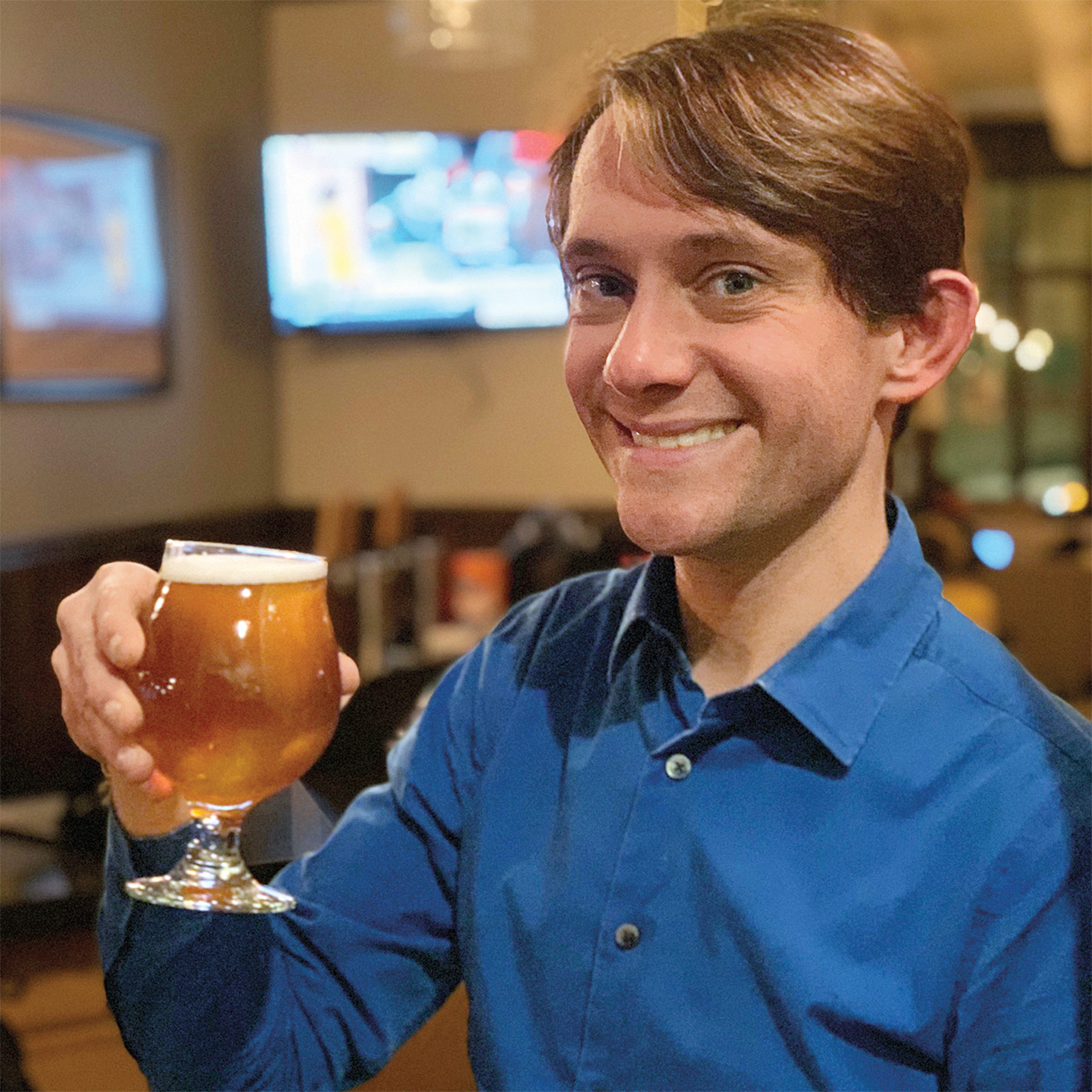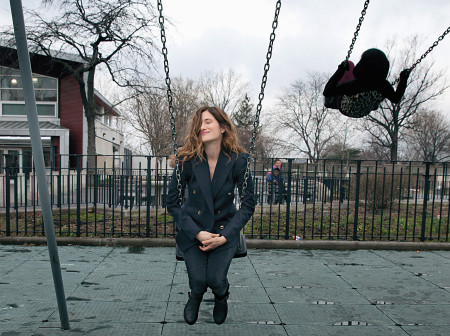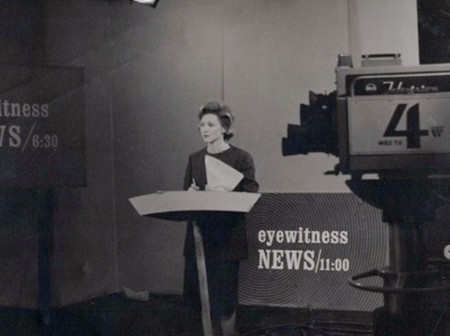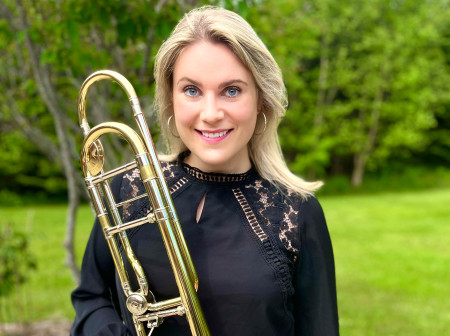The acting gig was wearing thin for theater alumnus Austin Harvey when his then-girlfriend, Andrea (now his wife), suggested he respond to a help-wanted posting at Sam’s Wines & Spirits in Chicago. She was joking, but Harvey, a craft beer aficionado, thought, “Why not?” He got the gig, and after stints at Sam’s and Goose Island Beer Company, Harvey became curator and expert on staff at Beermiscuous, an upscale beer café in Chicago’s Lakeview neighborhood, in 2014. He recently achieved advanced cicerone certification, demonstrating “expert knowledge of beer and excellent tasting ability” — a title shared by just 135 other people in the world. Even with the new credential, Harvey says his Northwestern education still comes in handy. “Being able to maintain a wide range of interests and communicate effectively with folks allows me to keep people in the bar for another beer,” he says. “And that’s how you pay the mortgage.” We asked Harvey to share some of his favorite trends in the beer business.
Lager Renaissance
“Since the boom in American craft beer, lagers have been kind of a red-headed stepchild, but people are recognizing that these are styles that have nuance and complexity to them just as a lot of ale styles do. If someone likes imperial stouts, which is an ale style, I can introduce them to the lager corollary, which is the Baltic porter. It’s like recommending a new band to your friends.”
Hazy IPAs
“A trend right now among IPAs [India pale ales] is a lot of late hop additions, and then the beers are left unfiltered. The most extreme versions of these will look like a honeycomb. A lot of these hazier IPAs come out quite sweet to the point that they taste like a mimosa.”
Pastry Stouts
“Americans like sweeter things. Now brewers are adding lactose to stouts. Instead of something that tastes like dark chocolate, adding lactose makes it taste more like a latte or a mocha. Brewers are accentuating the sweetness as a way to widen the audience for a lot of these styles.”




Reader Responses
No one has commented on this page yet.
Submit a Response